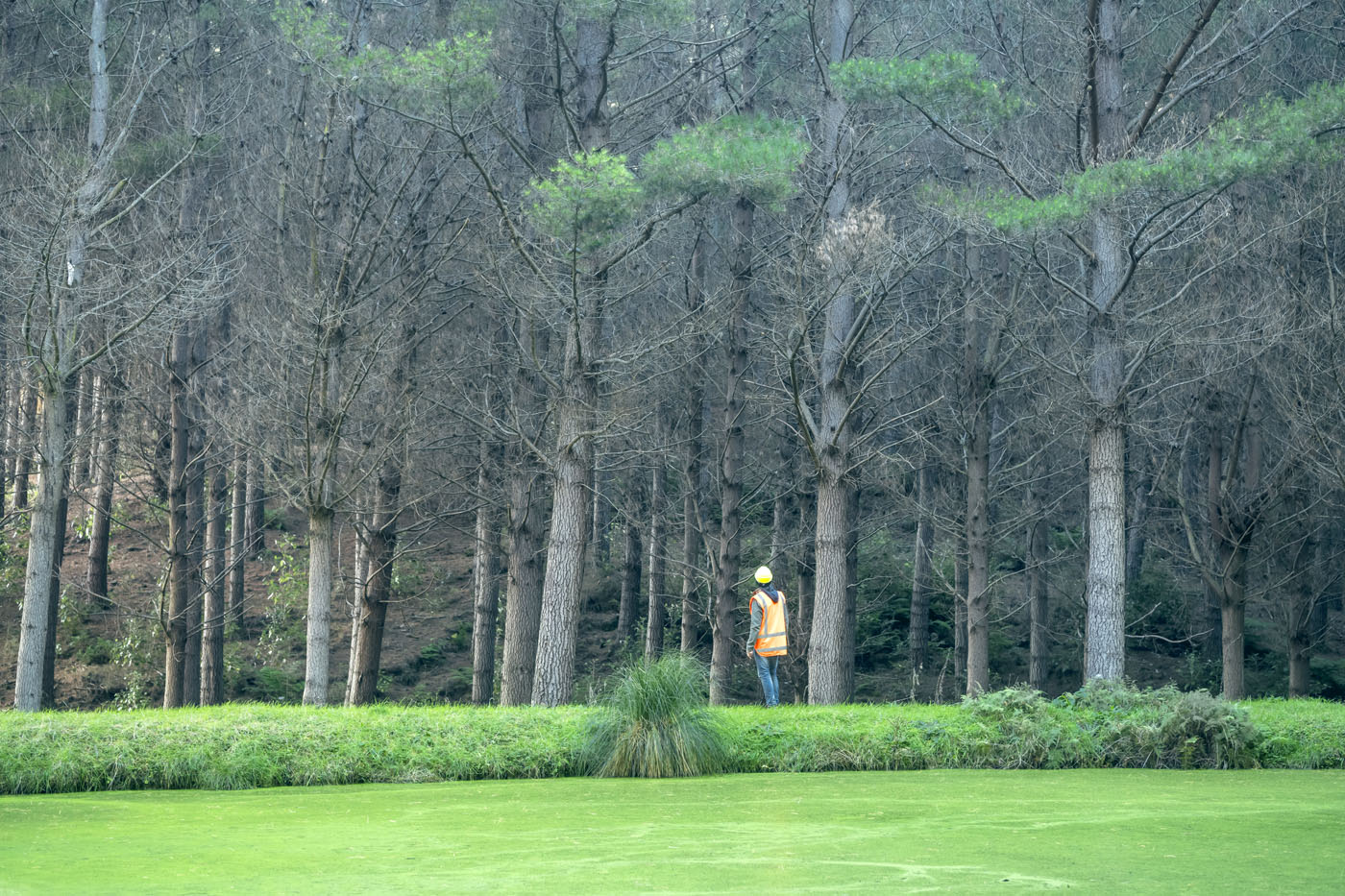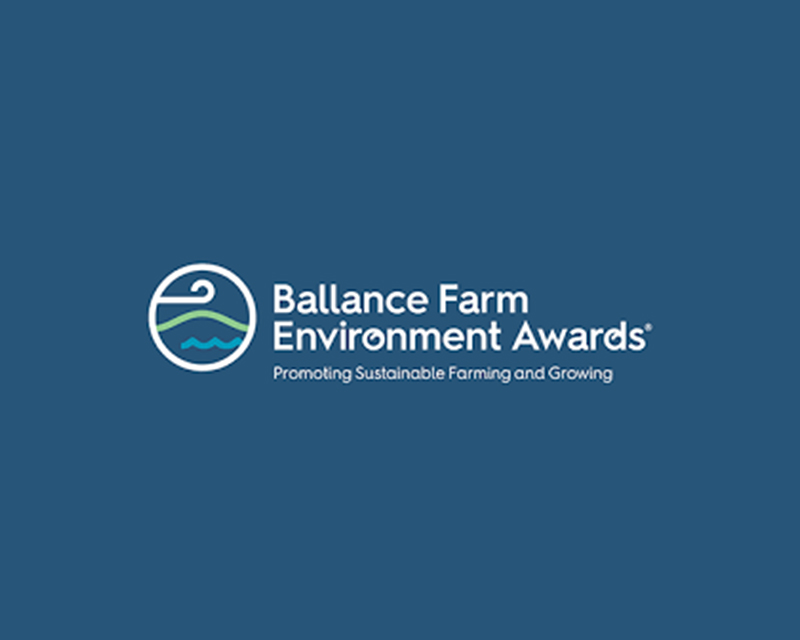
Pinning blame for slash on forestry sector a modern-day witch hunt
Marcus Musson, Forest360 Director – Opinion Piece
It’s always interesting witnessing the aftermath of a disaster when the academics, boffins, and other experts come out of the woodwork to impart their impressive wisdom on us all with great pride. The media, politicians, and the public then jump on comments made by this group and take their opinions as fact without much in the way of consideration that many of these people generally have very little in the way of practical understanding of multifaceted issues, especially within primary sectors. The current witch hunt on the forest industry is textbook Salem in the late 1600’s and boffinism is fueling the fire(s).
Let’s get the term slash straight – this refers to harvest residues – the bits of the trees that are left behind to support regeneration of the soils once a plantation is harvested. It does not mean standing forests (permanent forestry), nor riparian plantings (farmer planted trees usually along waterways for environmental protection reasons). Today, ‘slash’ has become the catchall for any woody debris that ends up in a river.
We, the forestry industry, are not denying that harvest residues (slash) have created issues with infrastructure throughout the East Coast and some areas of Hawkes Bay, and that we can and will do better as an industry. However, this needs some perspective and context to fully understand the many complex issues at play.
‘Experts’ in the media will have you believe that we, as an industry, wantonly throw slash into waterways with blatant disregard for downstream consequences. This couldn’t be farther from the truth and current legislation (NESPF) is very clear on the penalties for doing this. Not to mention the economics of ‘throwing away’ good trees simply doesn’t make sense. The issues we are seeing across Tairawhiti and Hawkes Bay are woody debris that have come from many sources. This is not a new problem. It’s no surprise that a number of bridges in the Esk Valley were built in 1939, following the 1938 flood, well before pine forests.
When we have biblical rain events on some of the most erodible soils in the world, the holding capacity of the steeper slopes becomes significantly reduced and as a result those slopes fail and gravity ensures that the slopes, and everything planted on them, end up in the drink. Many of these slopes have forests planted on them (native and pine) and consequently these also end up in the drink. Once these forests have floated down a river and rolled around with other debris (poplar, willows, farm debris, shipping containers, fence posts), they smash to pieces and become very hard to discern from any other woody residue.
One thing plainly obvious post cyclones, is that forested areas have had very little large-scale erosion as compared to bare farmland. However, when you have hundreds of tonnes of standing trees per hectare, it doesn’t take many hectares of movement to create a large volume of woody debris.
One News recently conducted a poll on whether forest owners should compensate other landowners where damage has occurred due to woody debris. The results of this incredibly simplistic question are very predictable with overwhelming support for compensation. This highlights the lack of understanding of the issue by both the media and John and Jane public. What needs to be understood is the source of these debris, and the reasons they are there, which is now becoming much clearer. If we are going to start the conversation of compensation, we need to widen the scope of who’s debris are now on who’s property. For example, there are around 2.7 million tonnes of silt deposited on land in the lower Esk Valley that originated from mainly farmland, in the upper Esk Valley. Floods have seen sewage migrate from treatment plants and septic systems, sprays and contaminated soil have migrated from orchards, stock and silage bales have migrated from farms…….
Where does this end? We fully support, and look forward to, the Tairawhiti land use review and finding short- and long-term solutions.
But it’s sad to see forestry people being abused in public – that is the fallout from oversimplified media reporting and political grandstanding. Real people, doing honest work, who care about our environment and our community. Forestry is a significant contributor to local economies. To ensure we progress as a country, we need to support sustainable primary industries – not take cheap shots when weather and the results of poor decisions made decades ago wreak havoc with lives and livelihoods.













